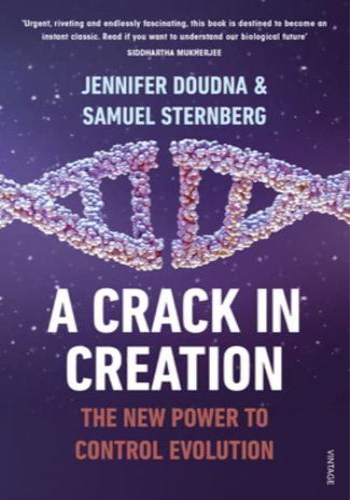'The most important advance of our era. One of the pioneers of the field describes the exciting hunt for the key breakthrough and what it portends for our future' Walter Isaacson
World-famous scientist Jennifer Doudna - winner of the 2020 Nobel Prize in Chemistry for creating the revolutionary gene-editing technique CRISPR - explains her discovery, describes its power to reshape the future of all life and warns of its use.
A handful of discoveries have changed the course of human history. This book is about the most recent and potentially the most powerful and dangerous of them all.
It is an invention that allows us to rewrite the genetic code that shapes and controls all living beings. As a result, dreams of genetic manipulation have become a stark reality: the power to cure disease and alleviate suffering, as well as to re-design any species, including humans, for our own ends.
Jennifer Doudna is the co-inventor of this technology - known as CRISPR - and a scientist of worldwide renown. Writing with fellow researcher Samuel Sternberg, here she provides the definitive account of her discovery, explaining how this wondrous invention works and what it is capable of. She also asks us to consider what our new-found power means: how do we enjoy its unprecedented benefits while avoiding its equally unprecedented dangers?
_________________
PRAISE FOR A CRACK IN CREATION:
'The future is in our hands as never before, and this book explains the stakes like no other' George Lucas
'One of the most PIONEERING women in science . . . Exhilarating' Arianna Huffington
'Thrilling' Adam Rutherford
'An instant classic' Siddhartha Mukherjee







